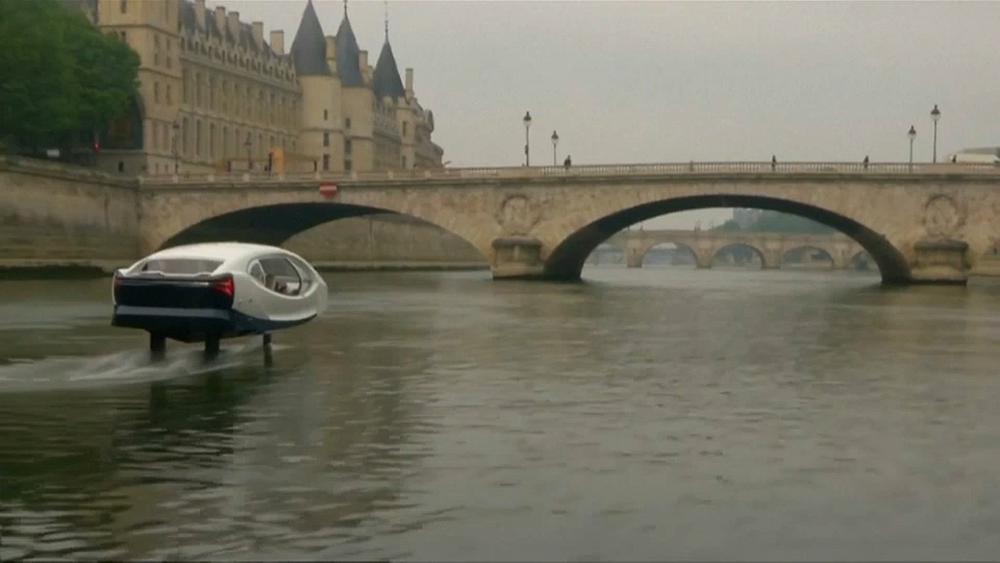With pollution a major issue for Paris and the city’s public transport bursting at the seams, one start-up has a solution involving the River Seine.
The Bubble, a “flying taxi”, is powered by electricity and lifts out of the water on “wings” – and boasts green credentials such as being noise and pollution-free. It costs around €200,000 to build and can reach speeds of up to 18 knots (20.7mph). Test voyages in Paris are limited to a maximum speed of 18.6mph.
The service could launch as early as spring next year, according to a press release from the Paris mayor’s office. The Seabubbles start-up launched a four-day test run on the Seine on Monday.






